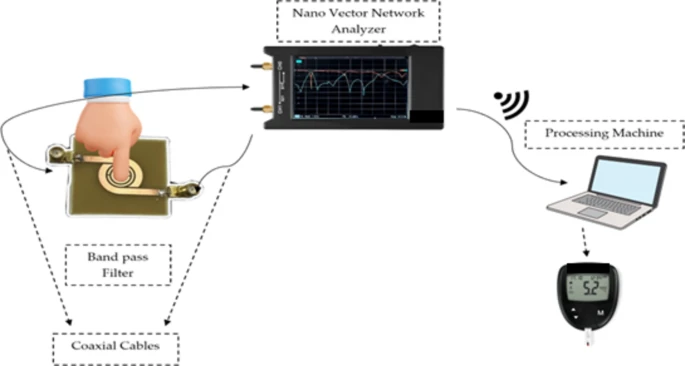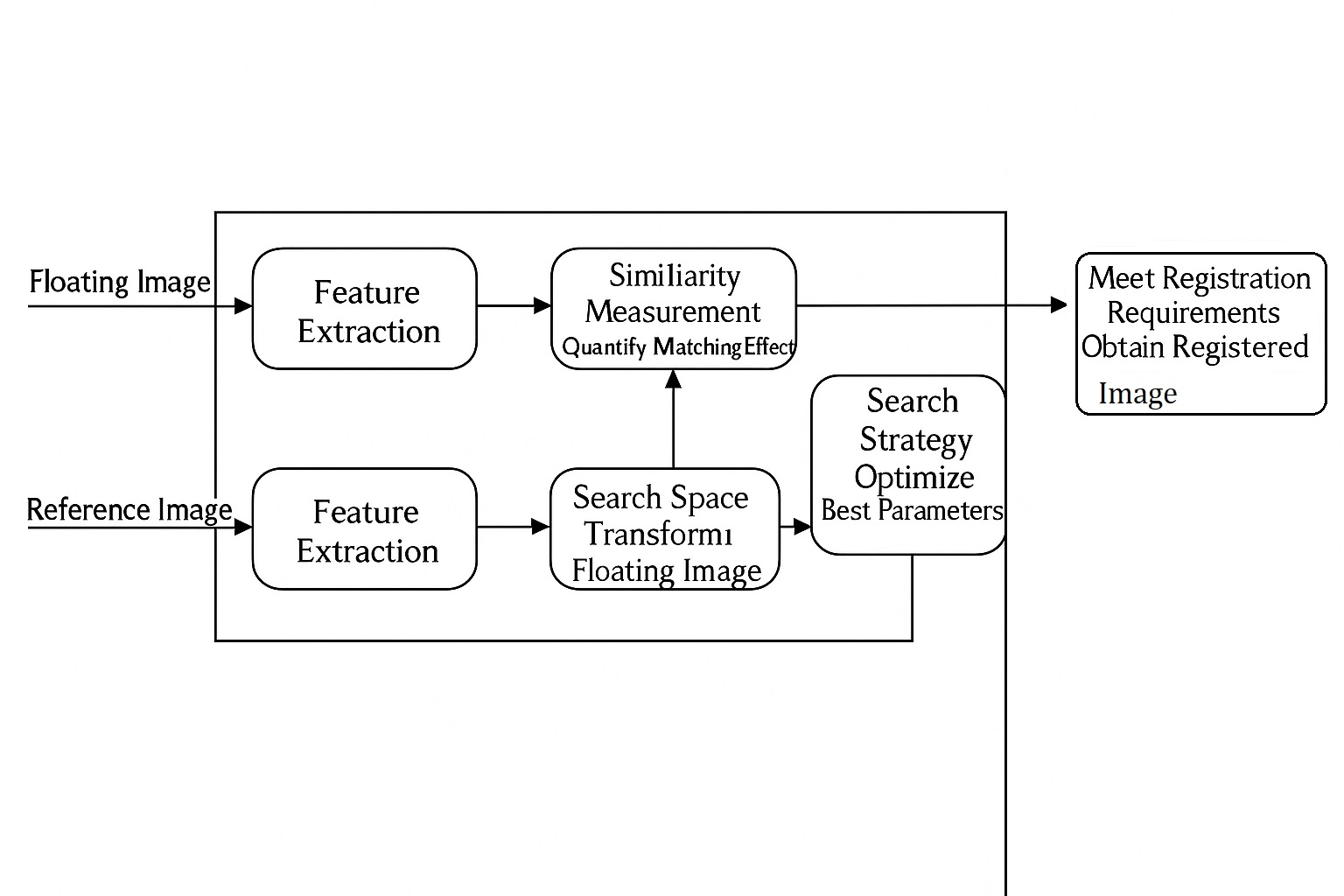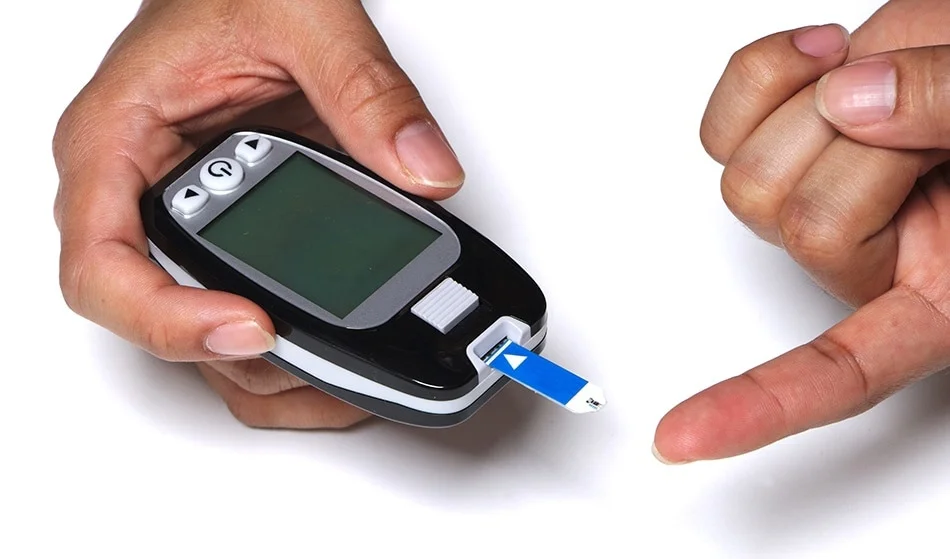Background
Diabetes is one of the major chronic diseases worldwide, causing about 1.5 million deaths annually. According to the International Diabetes Federation (IDF), in 2021 millions died from diabetes, and roughly 537 million adults aged 20 to 79—about one in ten—had diabetes. The number of people with diabetes is rising rapidly, especially in low- and middle-income countries, where three out of four adults with diabetes live. Major contributors to the rise include obesity and a lack of health awareness. If blood glucose levels are not properly monitored and controlled, diabetes can lead to serious complications such as cardiovascular disease, kidney disease, neuropathy, and vision impairment, eventually causing organ failure and death.
Insulin and Diabetes Types
Insulin is a hormone produced by the pancreas that regulates blood glucose levels. Diabetes generally falls into two primary categories: one in which the pancreas cannot produce sufficient insulin, and another in which the body's cells do not respond to insulin (insulin resistance). Insufficient insulin secretion is classified as type 1 diabetes, which commonly affects children. Insulin resistance is classified as type 2 diabetes. Diabetes that occurs during pregnancy is classified as gestational diabetes. Globally, type 2 diabetes accounts for the largest share of diagnosed diabetes cases. There is no cure for diabetes; effective management through insulin delivery, exercise, diet, and frequent glucose monitoring is essential for quality of life.
Traditional Blood Glucose Monitoring
The conventional blood glucose test is the finger-prick method, which patients can perform themselves and which is therefore referred to as self-monitoring of blood glucose (SMBG) devices. This electrochemical method uses a lancet to obtain a few drops of blood on a test strip and provides a glucose concentration reading within seconds. It is the home standard for blood glucose measurement. However, despite its accuracy, the finger-prick method can be inconvenient for many patients because it requires multiple daily measurements, causes minor pain from repeated lancing, and relies on single-use test strips that are relatively costly. These factors reduce the feasibility of frequent daily monitoring, especially in lower-income settings. In addition, SMBG provides only discrete measurements two to three times per day, which cannot accurately capture continuous glucose fluctuations over the entire day. This limitation has driven development of noninvasive continuous glucose monitoring devices.
Continuous Glucose Monitoring Development
In 2004 Medtronic launched the first commercially available continuous glucose monitoring (CGM) device for personal use. Subsequently, manufacturers in the San Diego area, including Dexcom and Abbott Diabetes Care, introduced CGM systems and focused on extending sensor life and improving monitoring accuracy for semi-invasive patch sensors. Since then, various sectors have worked to improve CGM accuracy, lifespan, and calibration. CGM devices have also incorporated smart features and graphical interfaces that allow real-time monitoring on smartphones and provide audible alerts for hypo- and hyperglycemia.
Current Challenges
Although CGM devices are available internationally, several challenges remain. First, many CGM systems are semi-invasive or minimally invasive and require professional medical personnel for insertion. Second, CGM devices tend to be expensive, somewhat complex to use, and, in some cases, less accurate than invasive methods. To gain wider consumer adoption and global market share, CGM systems need improvements in accuracy, cost, and technology. Over the past two decades, research has increasingly explored optical methods for glucose monitoring, aiming for cost-effective, noninvasive solutions. Multiple research efforts using diverse techniques have shown promising results. Overall, minimally invasive and noninvasive glucose monitoring has become an active research area, with the next goal being integration of intelligent monitoring devices that enable continuous glucose tracking with minimal or no pain.
 ALLPCB
ALLPCB








